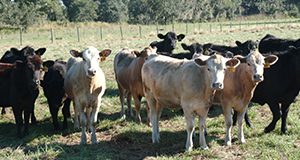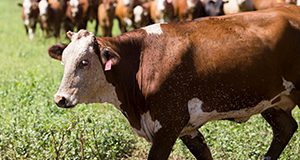Developing replacement heifers to become productive females in the cow herd is a tremendous investment in a cow-calf operation that takes several years to make a return. Fortunately, there are several options to develop heifers on forage-based programs that can help reduce costs while meeting required industry performance targets. This new 4-page document proposes a model for replacement heifer development based on forage research trials at the UF/IFAS North Florida Research and Education Center (UF/IFAS NFREC) in Marianna, FL. Written by Jose Dubeux, Nicolas DiLorenzo, Kalyn Waters, and Jane C. Griffin, and published by the UF/IFAS Agronomy Department, October 2018.
http://edis.ifas.ufl.edu/ag424
Tag: Kalyn Waters
What Is the Economic Impact of Infertility in Beef Cattle?
Producers cannot completely control infertility in their cow herds. However, understanding and addressing the factors that affect infertility will help producers implement management practices that can improve fertility and reduce the negative impacts of infertility on the profitability of beef cow-calf operations. This 4-page fact sheet discusses reasons why beef cows fail to become pregnant or wean a calf, identification of infertile beef cows, and economic impacts of reduced fertility and infertility in beef cattle. Written by Chris Prevatt, G. Cliff Lamb, Carl Dahlen, Vitor R. G. Mercadante, and Kalyn Waters, and published by the UF/IFAS Department of Animal Sciences, revised September 2018.
http://edis.ifas.ufl.edu/an208

